Understanding monumental sculpture in Mexico, particularly until around 1960, begins with an understanding of the Mexican Revolution and the relative instability it produced being such a broad movement. This also helps to explain the muralist movement in painting. It is necessary to examine carefully the socialist realism of the Soviet Union and that of the many countries within the USSR's sphere of influence. The academic movements of the nineteenth century-and their strong use of allegory-are also important for an understanding of the state, especially a young post-revolutionary state. Such a state has a strong interest in ideological expression in art that is very much at play in much of the sculpture of this period. This tradition of commemorative sculpture was both an inheritance and continuity of 19th century art. Today located at a vertiginous intersection, the fountain is almost unobservable.
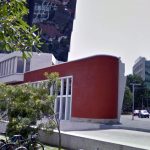
Nearest at 0.19 kms.
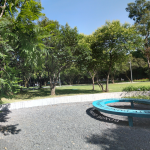
Nearest at 0.24 kms.
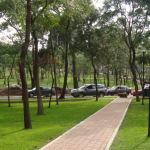
Nearest at 0.26 kms.
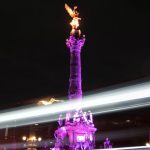
Likely the most prominent symbol of Mexico City, El Ángel is always at the center of things...
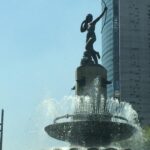
One of Reforma's most striking "glorietas," the Diana is more than a copy of some Euro original. It's homegrown!

One of the most ephemeral of Reforma roundabouts, La Palma is likely to make any list of favorites.

Not so much a traffic roundabout today, it's still a prominent place on Mexico City's main street.
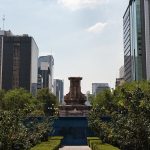
A roundabout on Paseo de la Reforma heralds a new historical moment...